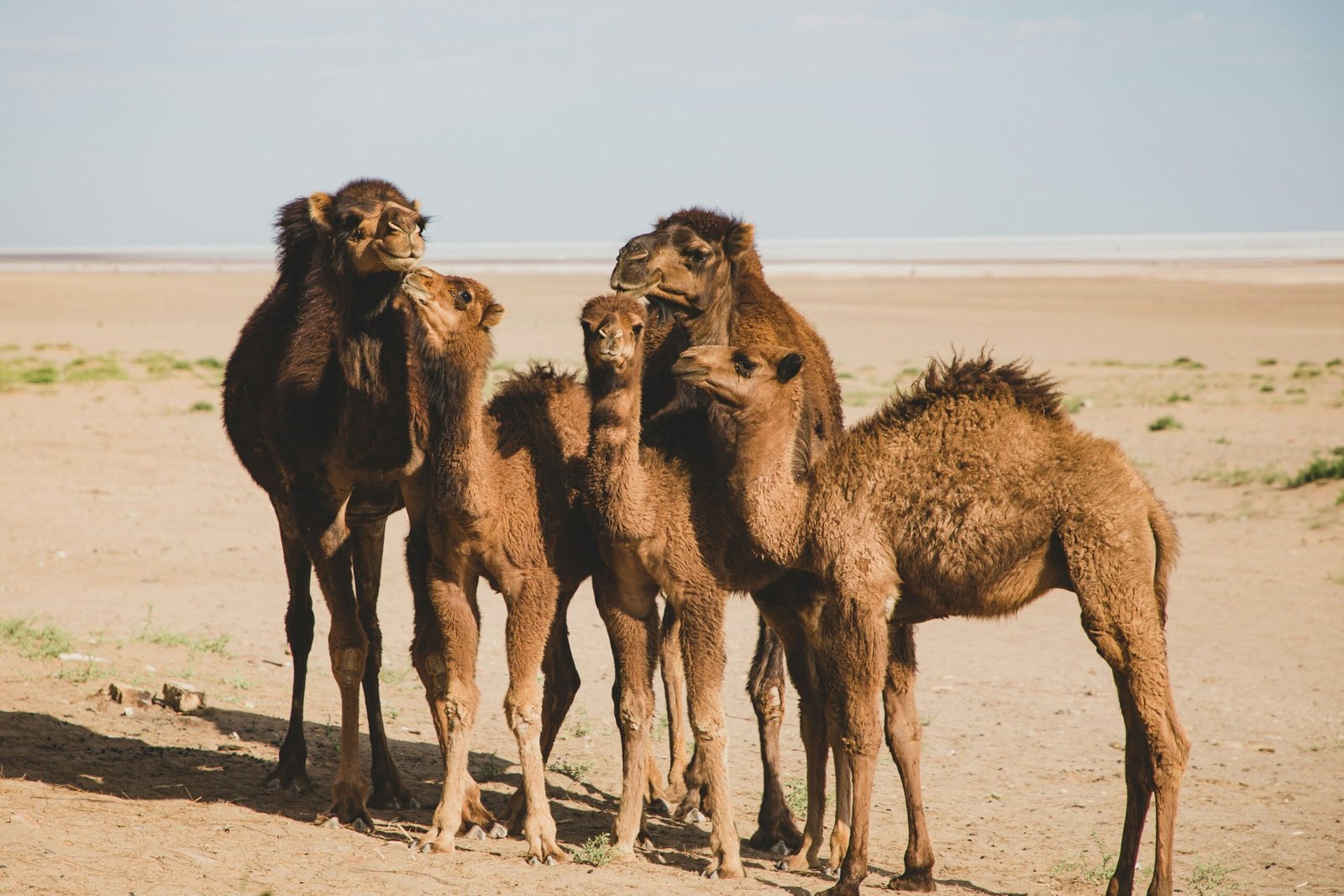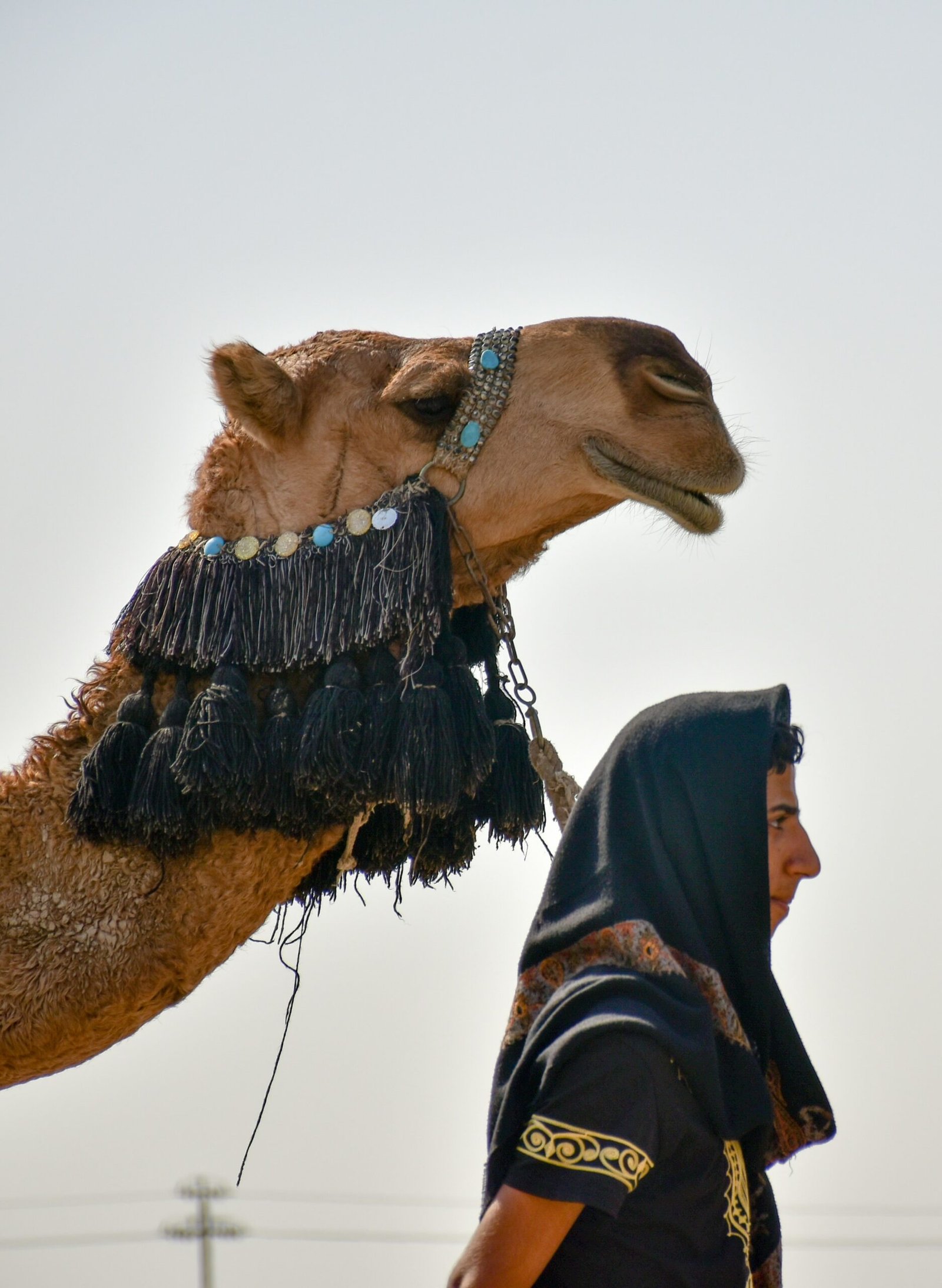Introduction
In the vast and arid landscapes, camels are often found trekking effortlessly, with what seems to be an amiable smile etched on their faces. This peculiar yet endearing trait of camels has intrigued many observers over the years, leading to various interpretations and speculations. Through this article, we aim to delve deeper into this phenomenon and unravel the reasons behind the enigmatic smiles of these resilient creatures.
The purpose of this article is to explore the various physical and behavioral characteristics, evolutionary adaptations, and cultural interpretations that might shed light on the mystery of the ‘camel smile’. We will also debunk common misconceptions surrounding this topic, providing a comprehensive understanding of this fascinating facet of camel behavior.
Camels have always fascinated people with their unique physical characteristics. These features not only help them survive in extreme desert conditions but also contribute to their distinctive appearance. Let’s take a closer look at some of these physical traits and how they contribute to the camel’s perpetual smile.
The Physical Characteristics of Camels
Camels are known for their humps, which serve as fat reservoirs, and their long, fluttery eyelashes that protect them from sandstorms. These humps, in addition to storing fat, also serve as a balance for their long necks. The humps can fluctuate in size, depending on the availability of food and water, enabling camels to endure long periods without these resources.
Furthermore, the long eyelashes of camels not only protect their eyes but also add to their expressive appearance. These fluttery lashes shield their eyes from the blowing sand and dust, allowing them to navigate through harsh desert conditions with ease. As a result, their eyes give off an impression of contentment and happiness, resembling a smile.
Camels are also equipped with broad, leathery footpads that enable them to walk on hot desert sands without discomfort. Additionally, they have the ability to close their nostrils, protecting themselves from sandstorms and dust. These physical attributes not only contribute to their survival in extreme environments but also enhance their overall appearance, reinforcing the perception of a perpetual smile.
Understanding Camel Behavior
Camels are inherently social animals, known for their strong herd instincts. They communicate through vocalizations, body movements, and facial expressions. This social nature and the need for expressive communication might be reasons why camels often seem to be smiling.
Their behavior plays a significant role in shaping their overall appearance. The ‘smiling’ expression could be a result of their interactive nature, a non-verbal form of communication, or simply a resting facial posture. Camels often display a relaxed and calm demeanor, which can be misinterpreted as a smile. This behavior, combined with their physical features, adds to the perception of a camel’s perpetual smile.
The Adaptive Nature of Camels
Camels have evolved and adapted to survive in inhospitable terrains. Their ability to endure long periods without food or water, their heat-resistant coats, and their humps are all examples of these adaptations. These survival mechanisms contribute to their contented appearance and seemingly happy expressions.
Camels can go for days without food or water, relying on the fat stored in their humps as a source of energy. Their bodies have also developed the ability to conserve water efficiently, allowing them to survive in arid environments. These adaptations give camels a sense of self-sufficiency and resilience, which might contribute to their perceived satisfaction and a smiling expression.
The Science Behind Camel Facial Features
The anatomical structure of the camel’s mouth and lips also contributes to their unique smiles. Their split, flexible upper lip, and wide, square-shaped lower jaw give their mouth a distinctive shape. This unique mouth structure enables them to eat thorny desert plants and adapt to their harsh environment.
Additionally, the muscle structure and fat distribution in their face further enhance their smiling appearance. The fat stored in their cheeks gives their face a rounded, plump look, which combined with their split lip, results in a smile-like expression. These physical attributes, along with their social behavior, create the illusion of a perpetual smile on their faces.
Cultural Interpretations of Camel Smiles
Camels hold significant cultural value in various societies, often symbolizing endurance, patience, and resilience. Their perpetual smiles have been interpreted as a sign of contentment and happiness, adding to their positive symbolism in folklore and traditions.
In many cultures, camels are revered for their ability to survive in harsh conditions and carry heavy loads across long distances. Their smiles are seen as a reflection of their resilience and their ability to find joy in challenging circumstances. The cultural interpretations of camel smiles further reinforce the perception of camels always smiling, associating their endurance and resilience with a sense of contentment and satisfaction.
Debunking Common Misconceptions
However, it’s essential to debunk some common misconceptions surrounding camels’ smiles. While it’s easy to anthropomorphize and assume that their ‘smile’ indicates happiness, this may not be entirely accurate.
The smile-like expression could be attributed to their unique facial anatomy and social behavior rather than their emotional state. Camels may display a smiling expression even when they are not necessarily feeling happy. It is important to understand the underlying factors, such as physical characteristics and behavioral traits, that contribute to their smiling appearance. This understanding will help dispel myths and promote a more accurate understanding of camel behavior.
Conclusion
In conclusion, the mystery of the ‘camel smile’ is a combination of unique physical features, evolutionary adaptations, and behavioral traits, further influenced by cultural interpretations and the human tendency to anthropomorphize animal expressions. While it may not necessarily indicate happiness, the perpetual smile of camels remains an intriguing and distinctive trait, adding to the fascination and admiration these resilient creatures inspire.











